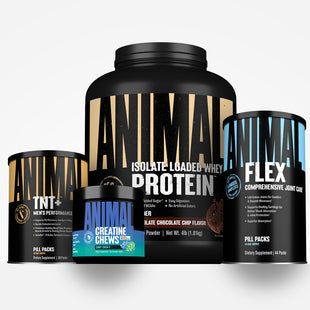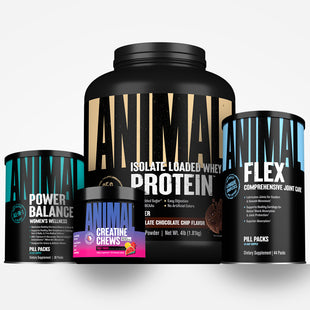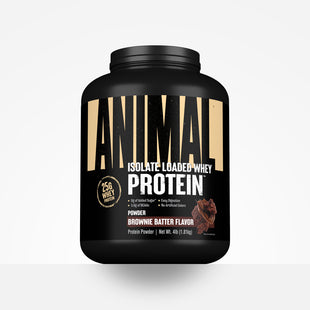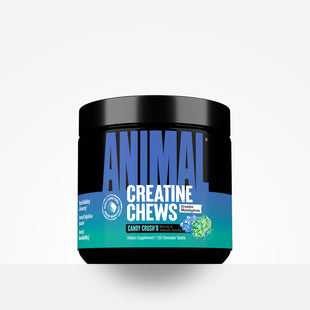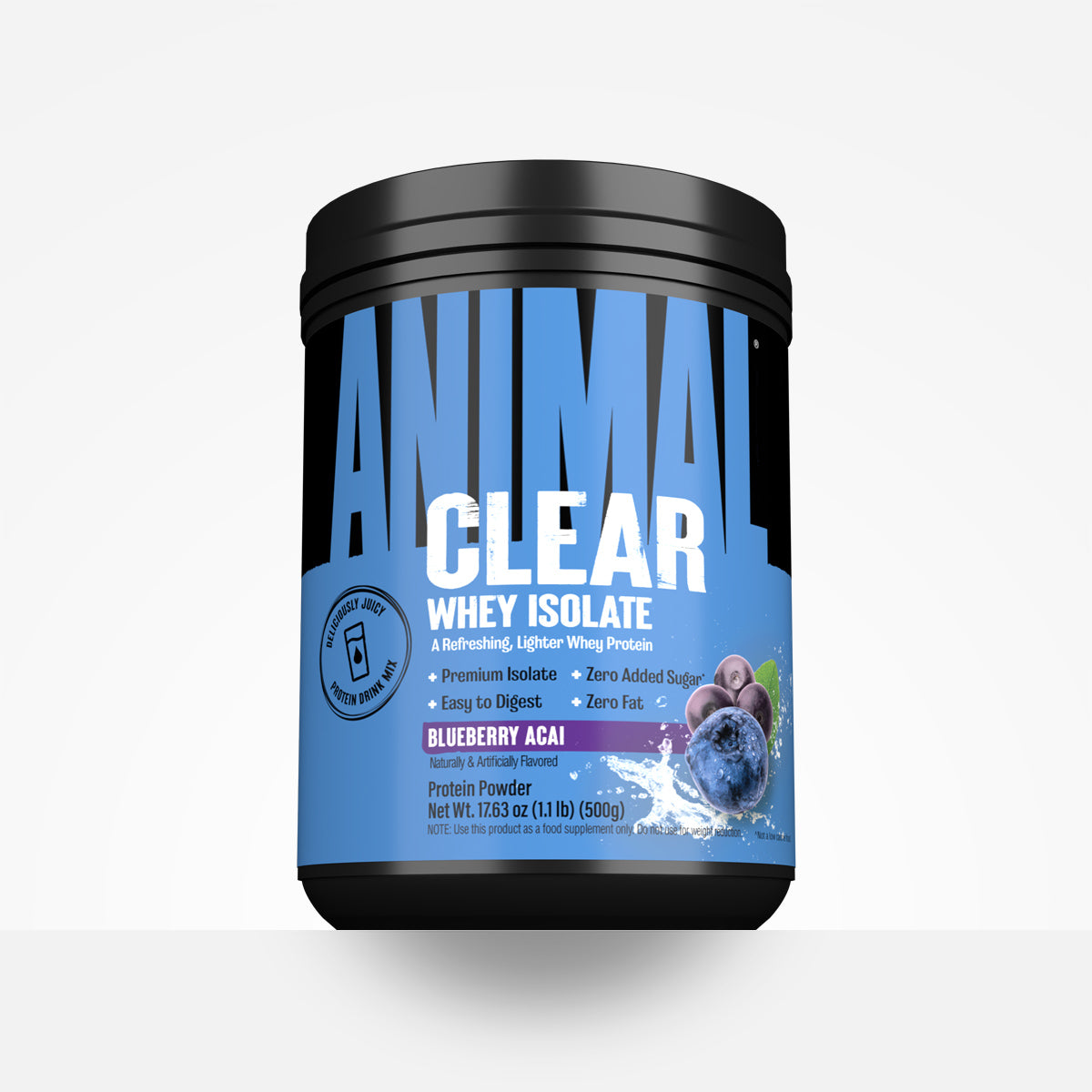Why Big Backs Often Mean Big Forearms
If you look at the strongest men in the world—powerlifters, strongmen, bodybuilders—you’ll notice a trend: The guys with massive backs often have equally massive forearms. It’s not a coincidence. As you progressively lift heavier and heavier weights in rows, deadlifts, and pull-downs, your grip becomes a limiting factor. That grip strength, combined with constant elbow flexion, provides a powerful growth stimulus for the forearms.
For some individuals, that stimulus is enough. Just being a big, strong lifter creates the forearm size that matches the rest of their physique. But for many others, simply relying on indirect work won’t cut it. If you’re someone whose forearms lag behind, you’ll need to take a direct approach to build them up.
What Makes Up the Forearm
Before diving into training, let’s break down what muscles make up the bulk of your forearm.
- Wrist Flexors: Located on the underside of the forearm, responsible for curling the wrist downward. These muscles contribute heavily to forearm thickness
- Wrist Extensors: Located on the top side of the forearm, responsible for pulling the wrist upward. These give the forearm that round, full appearance from multiple angles
- Brachioradialis: Runs along the thumb side of your forearm. It’s trained in elbow-flexion movements like hammer curls or reverse curls. While it’s important, it isn’t the largest contributor to overall forearm size
Some lifters make the mistake of thinking the brachioradialis is the key to massive forearms. In reality, the wrist flexors and extensors make up the majority of the size. And depending on how you train, they might not be receiving much direct work at all.
Why Direct Training Matters
Think about traps. Some people build them effortlessly from pulling movements. Others need direct shrugs and carries to see growth. The same principle applies to the forearms. For many, rows, bicep curls, and deadlifts may be enough to spark growth. But if you’re one of those lifters who still has skinny wrists and underwhelming forearms despite years of back training, you need to hit them directly.
Direct forearm training ensures the wrist flexors and extensors are loaded in the right positions and through full ranges of motion, which many compound lifts fail to do.
The Top Exercises for Massive Forearms
Here are the cornerstone movements I recommend:
1. Incline Dumbbell Wrist Curls (Flexion)
- Set up on an incline bench with your forearms resting against it, palms facing up, wrists hanging off the edge
- The incline position allows the wrist flexors to be trained in a more lengthened state, which we know from hypertrophy research is better for growth
- Curl the dumbbells up by flexing your wrists, control the lowering phase, and repeat
2. Incline Dumbbell or Barbell Wrist Extensions
- Similar setup to the flexion movement, but palms face down
- Extend the wrists upward against gravity
- This can be performed with dumbbells, an EZ bar, or even a straight bar. If mobility is an issue, train one arm at a time
3. Hammer Curls or Reverse Curls
- These target the brachioradialis, giving thickness to the forearm near the elbow
- Use a neutral grip (hammer curl) or pronated grip (reverse curl). Keep reps controlled to avoid turning it into a momentum exercise
4. Cable Variations
- For added variety, you can use handles on a low cable to mimic wrist flexion and extension
Programming Forearm Training
The big question is: Where do these movements go in your program?
- Avoid Interfering with Back Training: Forearms are heavily involved in pulling, so don’t fry them before a heavy row or deadlift session. At the end is not great either as they won’t be getting quality stimulus
- Best Placement: Add forearm work to your leg days or push days. That way, you can train them fresh without hurting your back work
-
Prioritize Them: If they’re truly a weak point, consider starting the session with them or pairing them as supersets with unrelated muscle groups (e.g., forearms with triceps, or forearms between leg curls)
Progression Model
Here’s a structured way to build up forearm training volume without overdoing it:
- Weeks 1–2:
- 4 sets wrist flexion
- 4 sets wrist extension
- 2 sets hammer/reverse curls
- Frequency: 2x per week
- Weeks 3–4:
- 4 sets wrist flexion
- 4 sets wrist extension
- 3 sets hammer/reverse curls
- Frequency: 3x per week
- Weeks 5–6:
- 5 sets wrist flexion
- 5 sets wrist extension
- 3 sets hammer/reverse curls
- Frequency: 3x per week
- Weeks 7–8:
- 6 sets wrist flexion
- 6 sets wrist extension
- 3 sets hammer/reverse curls
- Frequency: 3x per week
After this 8-week progression, take a de-load week (no direct forearm work) to allow recovery. Remember, your grip is already taxed by heavy pulling, so don’t underestimate how much stress you’re placing on these muscles.
A Word on Wrist Straps
Some lifters avoid straps under the belief that it will force forearms to grow. The reality is, if grip is holding back your back training, you’re shortchanging the bigger muscles. Straps allow you to fully train your back without grip being the limiter. That doesn’t mean you neglect forearms—it just means you train them directly and intelligently.
Nutrition and Recovery
No training program works without proper fuel. Forearm training is no different. To grow, you’ll need to be in a calorie surplus, with sufficient protein intake, and you’ll need to recover. Sleep, nutrition, and recovery habits are what turn sets and reps into actual size. So don’t leave the house without your Animal Creatine Chews in hand and have the Animal Iso Whey post workout ready to go!
The Bottom Line
Big forearms don’t happen by accident for everyone. While massive lifts often correlate with massive forearms, some lifters need direct, structured work to get there. Prioritize the wrist flexors and extensors, add in brachioradialis-focused curls, program intelligently, and progress over time. Pair that with enough food and recovery, and you’ll finally build the massive forearms that stand out on stage and in the gym.
Sample Workout (2x/week start):
- Incline DB Wrist Curls: 3 sets x 12–15
- Incline DB or EZ Bar Wrist Extensions: 3 sets x 12–15
- Hammer Curls: 2 sets x 10–12
About The Author
John Jewett is a IFBB pro, a top five Olympia competitor, and five-time powerlifting World Champion. Beyond his bodybuilding accolades, John holds a bachelors in Exercise Science, a Masters in Nutrition. He’s also a Registered Dietitian and self-proclaimed muscle nerd, generously sharing his extensive knowledge of fitness and nutrition with the Animal community.
















